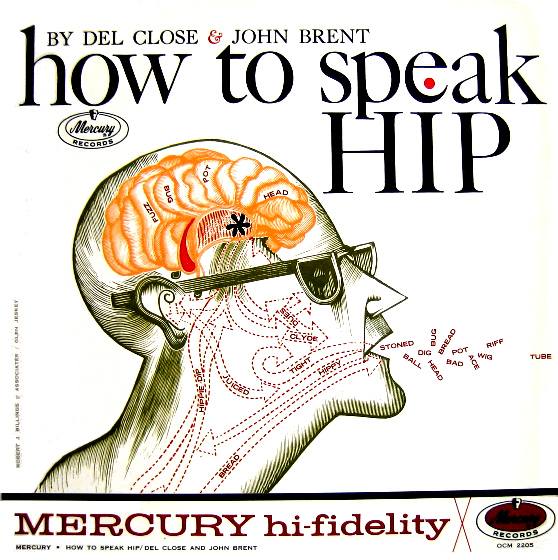Oz Magazine (1963-73)
Filed under magazine | Tags: · cartoon, censorship, counterculture, drugs, gender, hippies, humour, music criticism, politics, rock, satire, sexuality, underground


“Having outraged the Australian establishment with a satirical magazine called Oz, the editor and founder Richard Neville and artist and cartoonist Martin Sharp hightailed it to swinging London. They immersed themselves in the alternative culture of artists, activists, writers and musicians who operated underground of the mainstream.
This underground fuelled by the optimism and excitement of the time and financed largely by the rock aristocracy and dope dealing wanted to change the world. Richard Neville relaunched Oz magazine in the same satirical style as the Australian version, it was not long before L.S.D. altered minds and Oz exploded into a riot of colour and along with the already existing IT newspaper became a mouthpiece for the underground. Oz lasted for 48 issues from the start of 1967 to the end of 1973.” (Source)
“Oz was a focal point for many confrontations between progressive and conservative groups over a range of issues including the Vietnam War, drugs, the generation gap, censorship, sexuality, gender politics and rock music, and it was instrumental in bringing many of these concerns to wider public attention. Above all, it focused public attention on the issue of free speech in democratic society, and on how far short of the ideal Australian and English society actually was at that time.
Through both its lives, the two key figures in Oz were Neville and Sharp, but the ‘honour roll’ of Oz alumni includes many famous names like Robert Hughes, Richard Walsh, Germaine Greer, Jim Anderson, Felix Dennis and Charles Shaar Murray.” (Source)
Published in Sydney, 1963-69, and London, 1967-73
PDFs of Oz’s precursor, The Arty Wild Oat (2 issues, 1962)
PDFs of Sydney version (42 issues)
PDFs of London version (48 issues)
OZ & Yellow House Collections, gallery (1960s-70s)
Del Close & John Brent: How To Speak Hip (1961)
Filed under booklet, sound recording | Tags: · hipster, language, satire

“This album captures the underground comedians at their early best and manages to both lampoon and accurately encapsulate the difference between hip and square society at the time. Unlike other mean-spirited comedy takes on the beatnik craze (Allan Sherman’s ‘The Rebel’ springs to mind), Close and Brent’s satire was close to the truth because they truly were bohemian spirits. John Brent wrote poetry and honed his ‘Geets Romo’ character (also known as ‘Huey the Hipster’) while acting in a Jules Feiffer play. Del Close was an actor and poetry director at the Gaslight. And they both became well-known as being early members of Chicago’s Second City.” (from the WFMU blog)
The album comes with “an illustrated booklet of complete instructions and a Dictionary of Hip. A Thorough reading of this Dictionary will familiarize you with a number of useful Hip expressions.” (from the liner notes)
Publisher Mercury, 1961
PDF (Booklet)
ZIP (Recording, zipped MP3s)
Listen online (on WFMU blog)

